Acne Types and Treatments: Everything You Need to Know
Discover the different types of acne, their causes, and effective treatments to help you manage and clear your skin for a healthier complexion.
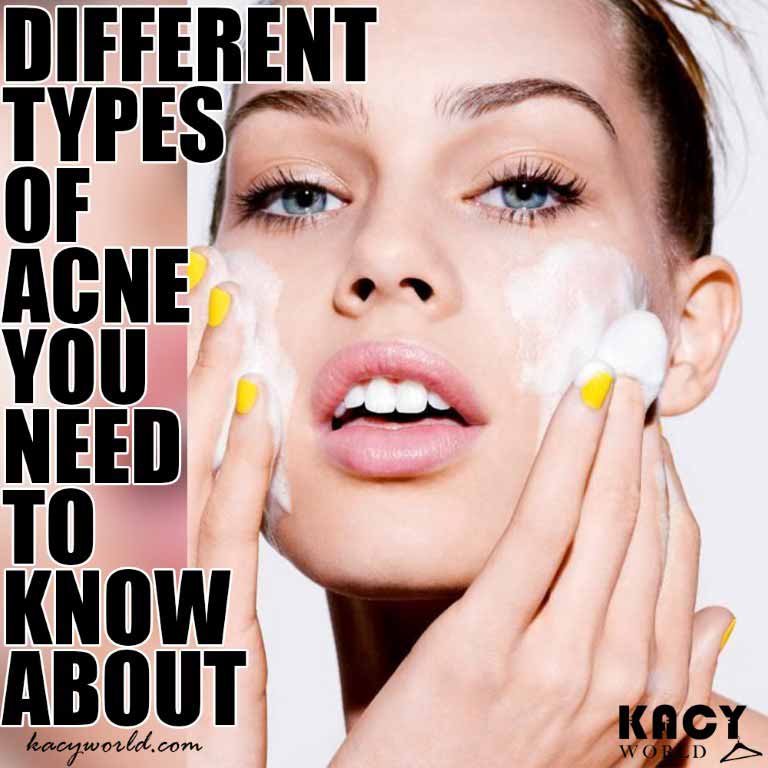
You might have adult acne or could have suffered from teenage acne in the past, but the truth remains that pimples can be quite the downers in our lives. While you’ve visited dermatologists or tried grandma’s ultimate natural treatments, have you ever wondered about the types of acne you can possibly suffer from?
Yes, it’s true—there are various types of pimples, and if you’ve been worried about treating them, you first need to educate yourself on what they are. We are here to break it down for you.
Whiteheads
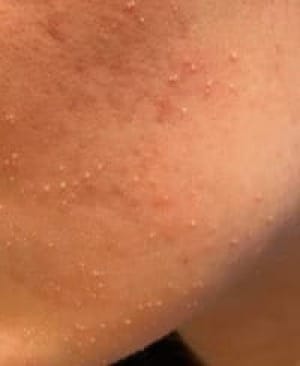
These are tiny blemishes that look whitish in appearance. They are called closed comedones and have oil and dead skin enclosed inside. They are caused by excess oil production that settles into pores.
Both whiteheads and blackheads are known as grade 1 acne. They are a milder form of acne. These require just a mild face wash that controls oil and tackles inflammation.
Blackheads
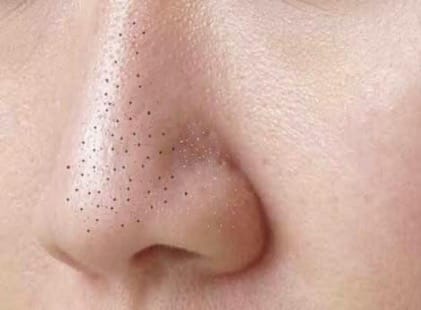
Small blemishes that look like black dots are known as blackheads. These are open, and when exposed to air, the debris inside your follicle gets oxidized.
They are often a result of dead skin buildup or if your skin isn’t exfoliated properly.
Papules
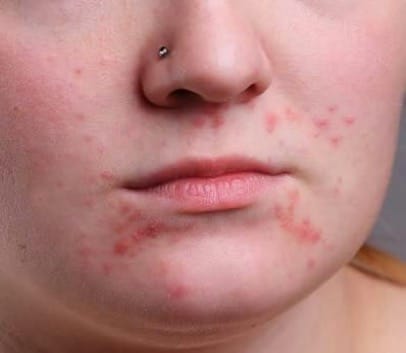
Papules are acne that don’t contain pus. They’re what your pimple looks like when it has passed beyond a whitehead and there’s debris, which causes inflammation. This kind of pimple requires a soothing agent that calms it down.
Papules are reddish forms of acne that can be anywhere on the face—forehead, cheeks, or nose. These don’t require antibiotics and can be treated with mild cleansers.
Pustules
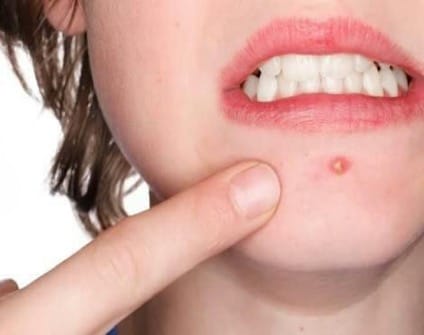
Talking about pustules, these are bigger acne, and you can almost see clusters of acne when you have pustules. This is when you might require antibiotics or even glycolic acid.
These are a lot like papules, except that pustules have pus in them. They’re red, yellowish, and whitish in the center.
Nodules and Cysts
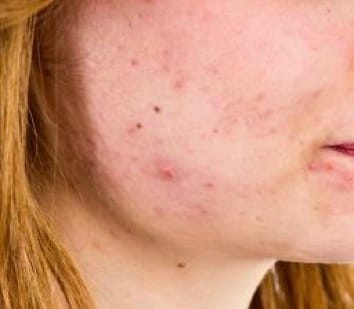
Nodules and cysts appear when blocked pores get more irritated and go deeper into the skin. While nodules are hard, cysts are smaller, contain pus, and are rather painful.
These are the ones that invariably leave a scar if you’re the kind who pops a pimple. This is a kind of acne that needs both antibiotics and topical treatments.
Understanding the different types of acne is the first step toward achieving clearer skin. Armed with this knowledge, you can better navigate treatments and skincare routines tailored to your specific needs.
Remember, consistency is key, and with the right approach, you can say goodbye to pesky pimples and hello to a radiant, confident you. Don't let acne hold you back—take control of your skin's health today!




